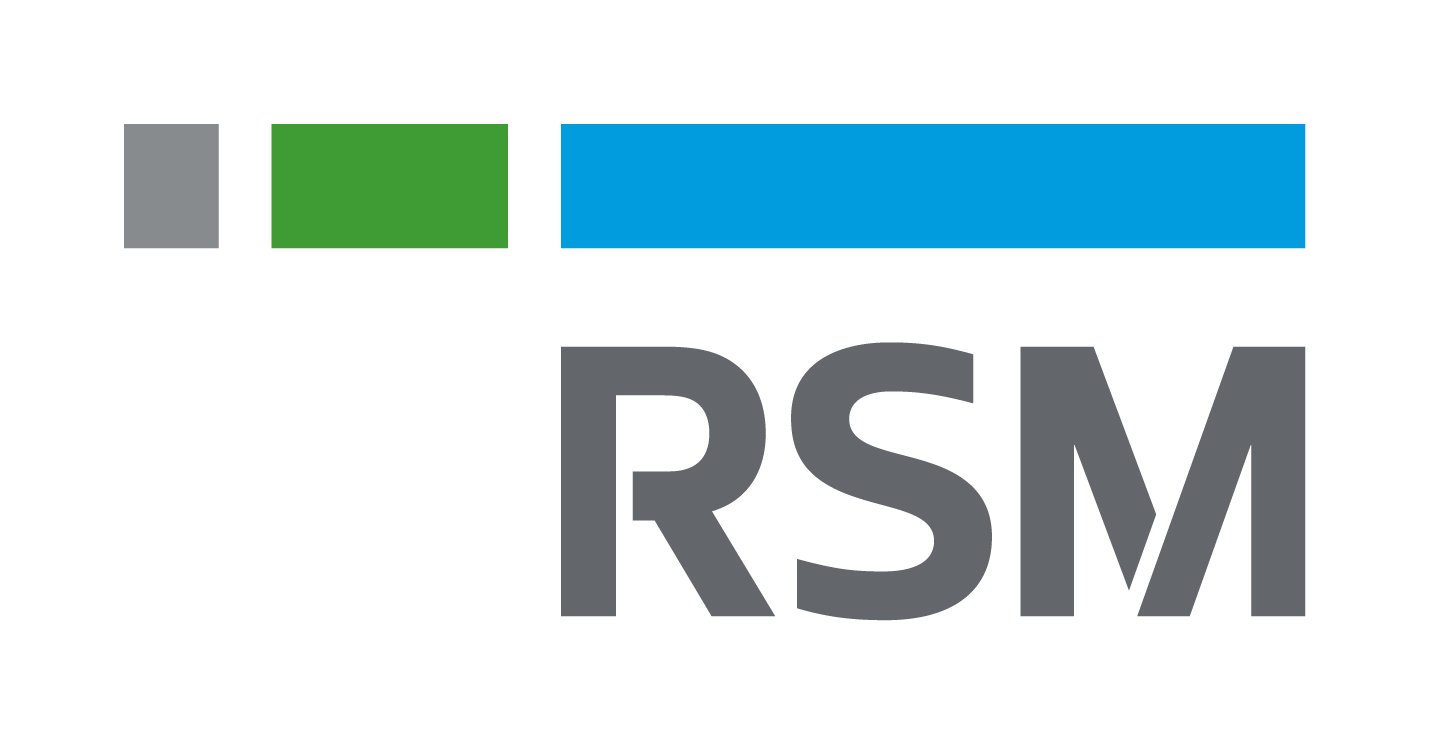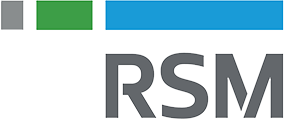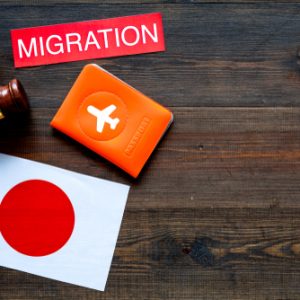Navigating Pharmaceutical and Product Licensing in Japan: A Comprehensive Guide
August 15, 2023
This page offers valuable insights into the licensing processes for manufacturing and selling pharmaceuticals and related products in Japan.
Transition from the Pharmaceutical Affairs Act to the Pharmaceutical and Medical Device Act (PMD Act)
The journey begins with the evolution of the regulatory framework. The “Pharmaceutical Affairs Act,” originally enacted in 1943, underwent significant revisions and a name change about 70 years later. It was officially replaced by the “Pharmaceutical and Medical Device Act (Law Concerning Assurance, etc. of Quality, Efficacy, and Safety of Pharmaceuticals, Medical Devices, etc.)” in November 2014, hereinafter referred to as the “PMD Act.”
The fundamental purpose of the PMD Act is to enhance public health and hygiene by meticulously regulating the quality, efficacy, and safety of pharmaceuticals and related products. It also aims to prevent harm and ensure the well-being of individuals using such products. Licenses obtained under this act are valid for a five-year period and necessitate renewal upon expiration. Additionally, it’s imperative to notify the authorities of any changes to the application or if the business ceases sales or manufacturing activities after acquiring a license or completing registration.
Preliminary Considerations
Before delving into the application process, a comprehensive review of critical information is essential. This preparatory stage significantly reduces the risk of unnecessary applications or rejection:
a. Product or Business Type: Determine if your product or business falls under the purview of the PMD Act.
b. License Type: Identify the specific license type that is applicable to your product or business.
c. Eligibility: Assess whether you meet the requirements for the intended application.
To illustrate point (b), consider the example of adhesive bandages manufactured and sold in Japan. Products subject to the PMD Act are broadly categorized into pharmaceuticals, quasi-drugs, cosmetics, medical devices, designated in-vitro diagnostic products (e.g., test kits), and regenerative medicine products. Which of the above categories does an adhesive bandage fall under? The difference between a pharmaceutical product and a quasi-drug is simply that the former is a product mainly intended to treat illness, while the latter is a product mainly intended for hygiene and prevention.
The classification of an adhesive bandage depends on factors like its ingredients, particularly the drug component in the pad. In essence, even if you know the product name and its intended use, the type of application varies based on the specific drug ingredients, making it impossible to definitively categorize “adhesive bandages” without considering the ingredients. Consequently, the application type and the necessary documentation vary accordingly.
Key Considerations
In line with a legal revision of the PMD Act effective from August 2021, it’s crucial to be aware of the following:
a. Prohibition of False and Exaggerated Statements: False or exaggerated advertisements pertaining to pharmaceuticals and related products are now subject to surcharges. This surcharge amounts to 4.5% of the profit generated from deceptive advertising. However, if the total sales amount is less than 50 million yen, the surcharge is waived. It’s important to note that this regulation applies to “any person,” which means that even individuals who are not pharmaceutical or product manufacturers can be subject to these rules.







